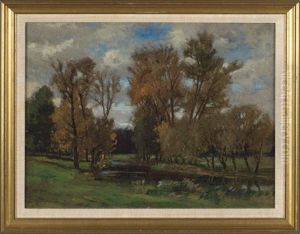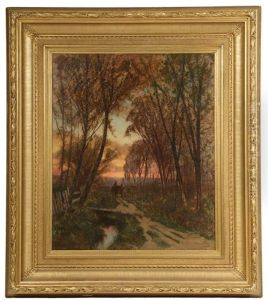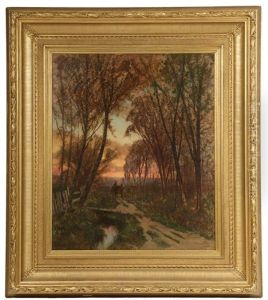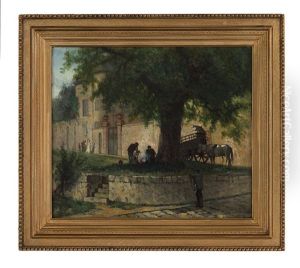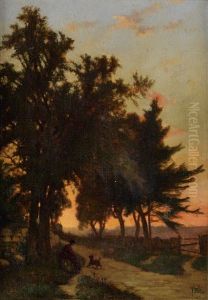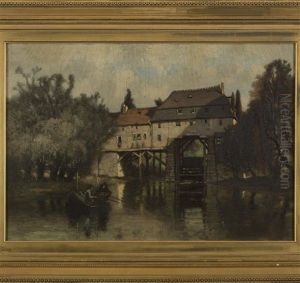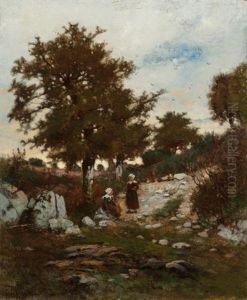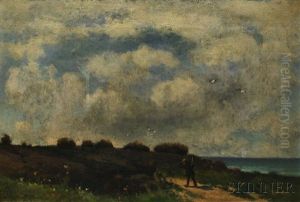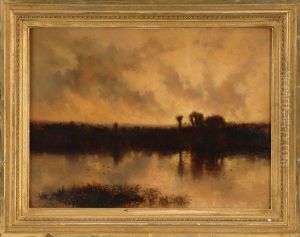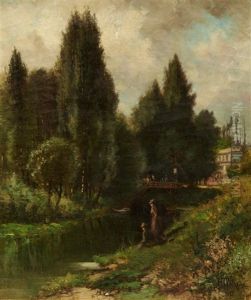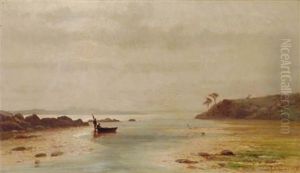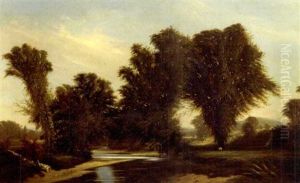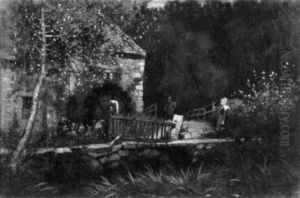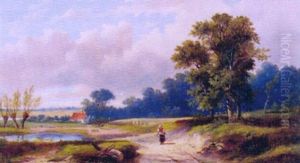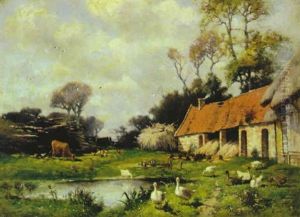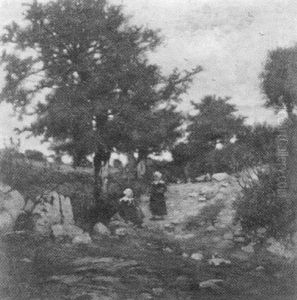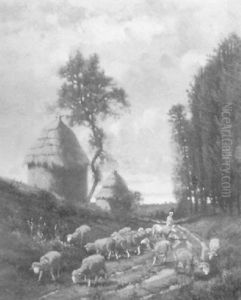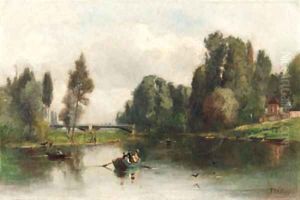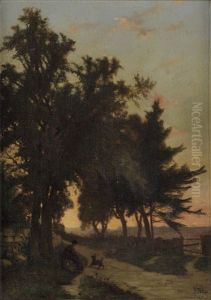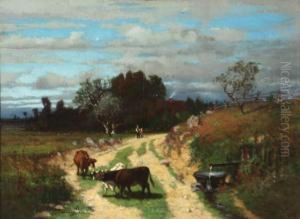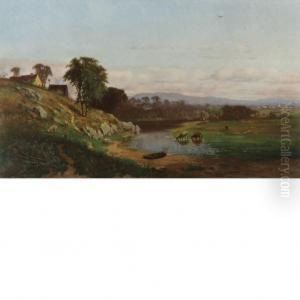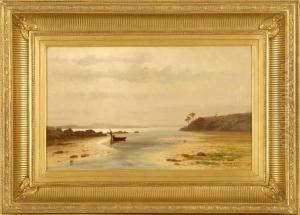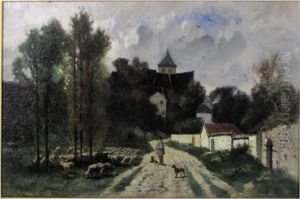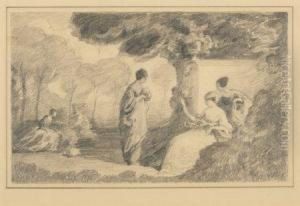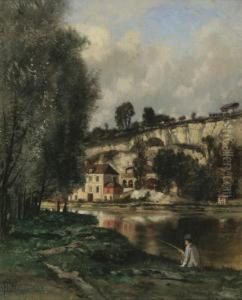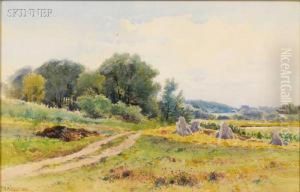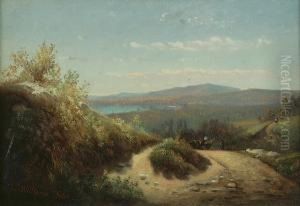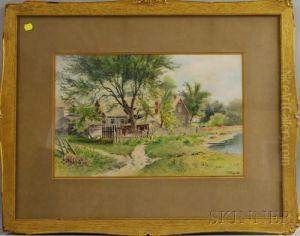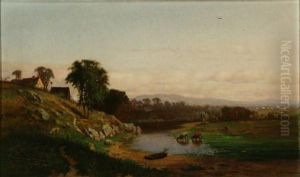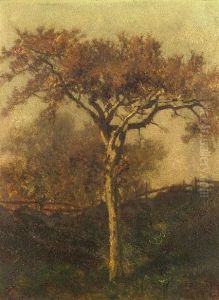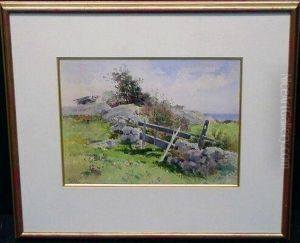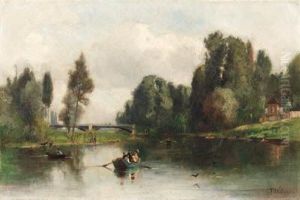Frederick Dickinson Williams Paintings
Frederick Dickinson Williams, born in 1829 and passing away in 1915, was a notable American artist whose contributions to the art world spanned several decades of the 19th and early 20th centuries. Williams, often associated with the American landscape painting tradition, found his inspiration in the natural beauty of the United States, capturing the essence of its diverse landscapes from the rugged mountains to serene rivers.
His early life was marked by a passion for art, leading him to pursue studies in painting. Although detailed records of his education are scarce, it is known that Williams was part of the vibrant art scene of the time, which was heavily influenced by the Romantic movement. This movement, emphasizing emotion and individualism, deeply impacted Williams's approach to landscape painting, encouraging him to explore the emotional and spiritual dimensions of natural scenery.
Throughout his career, Williams exhibited a keen eye for the nuances of the natural world, often venturing into the wilderness to sketch and paint en plein air—a practice that was becoming increasingly popular among artists of his era. His works are characterized by their detailed realism, vibrant use of color, and the ability to convey the sublime beauty of nature. Williams's landscapes not only reflect his technical skill but also his profound appreciation for the natural world, resonating with themes of exploration, conservation, and the transcendental qualities of nature.
Williams's contributions to the art world were recognized in his time through exhibitions and the patronage of art collectors. However, like many artists of his era, he faced the challenge of navigating the rapidly changing art market, which saw shifts in public taste and the rise of new art movements. Despite these challenges, Williams's work remained influential among landscape artists and continues to be studied for its aesthetic qualities and historical significance.
Frederick Dickinson Williams's legacy is preserved in the collections of various American art museums and galleries, where his paintings continue to captivate audiences with their beauty and depth. Through his art, Williams not only captured the physical beauty of the American landscape but also its spirit, making a lasting contribution to the tradition of American landscape painting.
